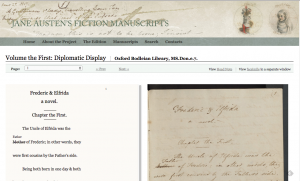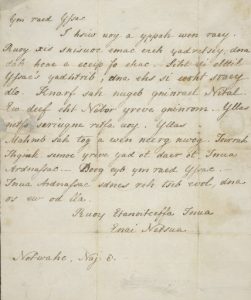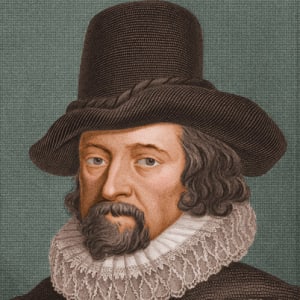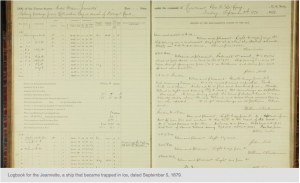
I chose to explore network analysis and archive for this assignment and found two sources that I found to be very interesting. Essentially, one is an “Old Weather” log used for the purpose of analyzing past weather. The second source, selfiecity, is used to provide information on the dynamics of “selfie taking.” The primary DH focus of the website https://www.oldweather.org, categorized under the archive section, is to help readers understand ship and weather logs from the 19th and early 20th centuries. It is important because it provides information that could assist in the understanding of future climate change by exploring past weather patterns. The primary DH focus of the second website http://selfiecity.net/#, categorized under the network analysis section, is to explore the art of “taking selfies” using quantitative methods. It takes into account peoples poses and expressions and arranges them in a method that identifies patterns from the data collected.
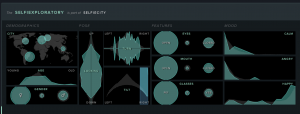
The secondary approach addressed for the first project is preservation. This method fits with the scholarly subject matter because it could be used to help develop methods that assist in the preservation for our planet and environment. We can look at what this means for the future based on the past. In comparison to that, the secondary approach addressed for the second project is visualization. This fits with the scholarly subject matter because it provides a visual of the information that was gathered. There are images of selfies containing different subjects with different poses and facial expressions. They are then separated based on demographics, pose, features, and mood. The data collected was then formed into numerous graphs and when clicked on, selfies would pop up. Both of these sources use a medium of the subject matter that is both engaging and relevant for digital representation. The Old Weather uses ships to show ship logs to show data in the form of digital representation, where as selfiecity uses selfies to show this.
Olivia Smith is a student at Bucknell University in Lewisburg, Pennsylvania. She was born and raised in Manasquan, New Jersey. She is currently apart of the Bucknell Women’s Rowing Team and plans to major in Psychology and Creative Writing.

